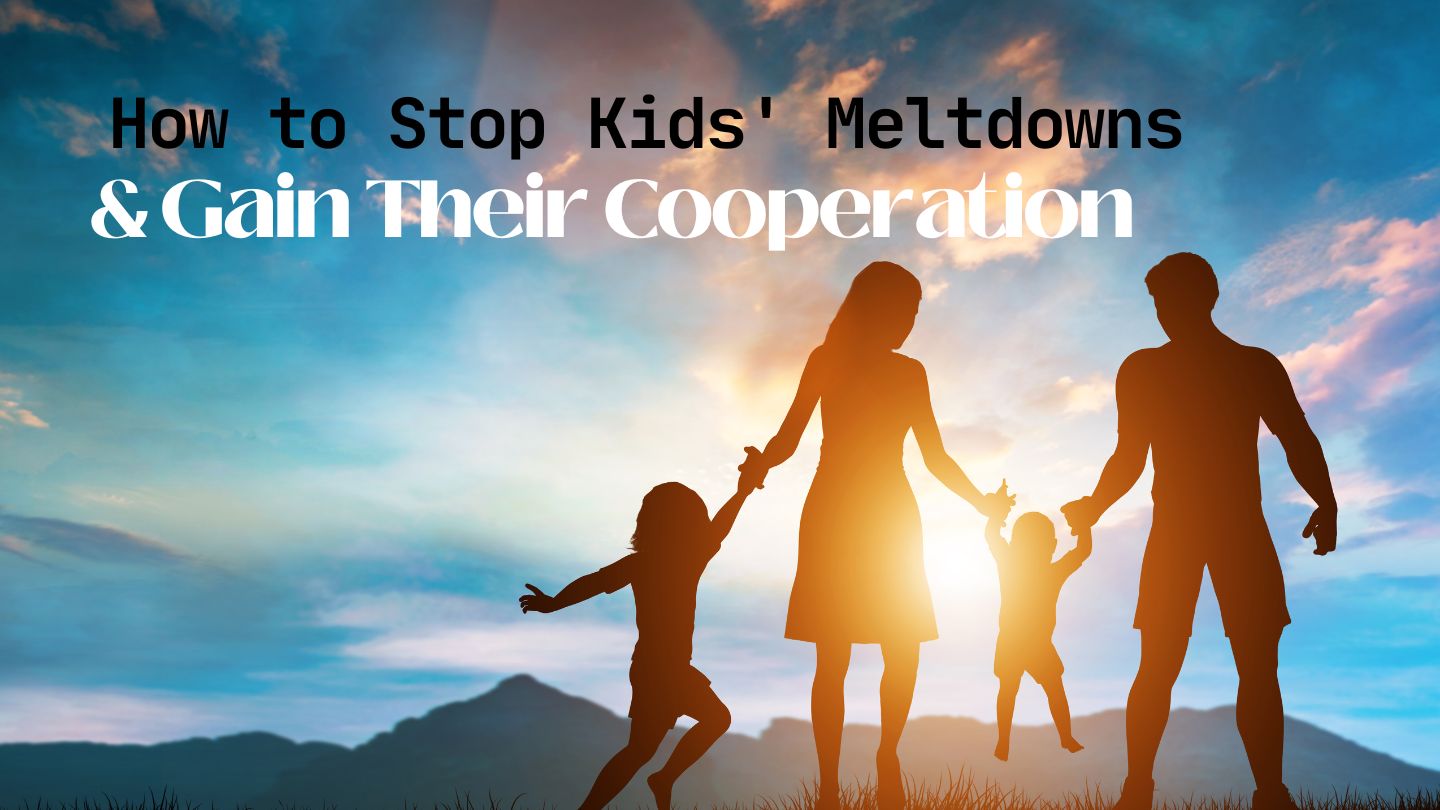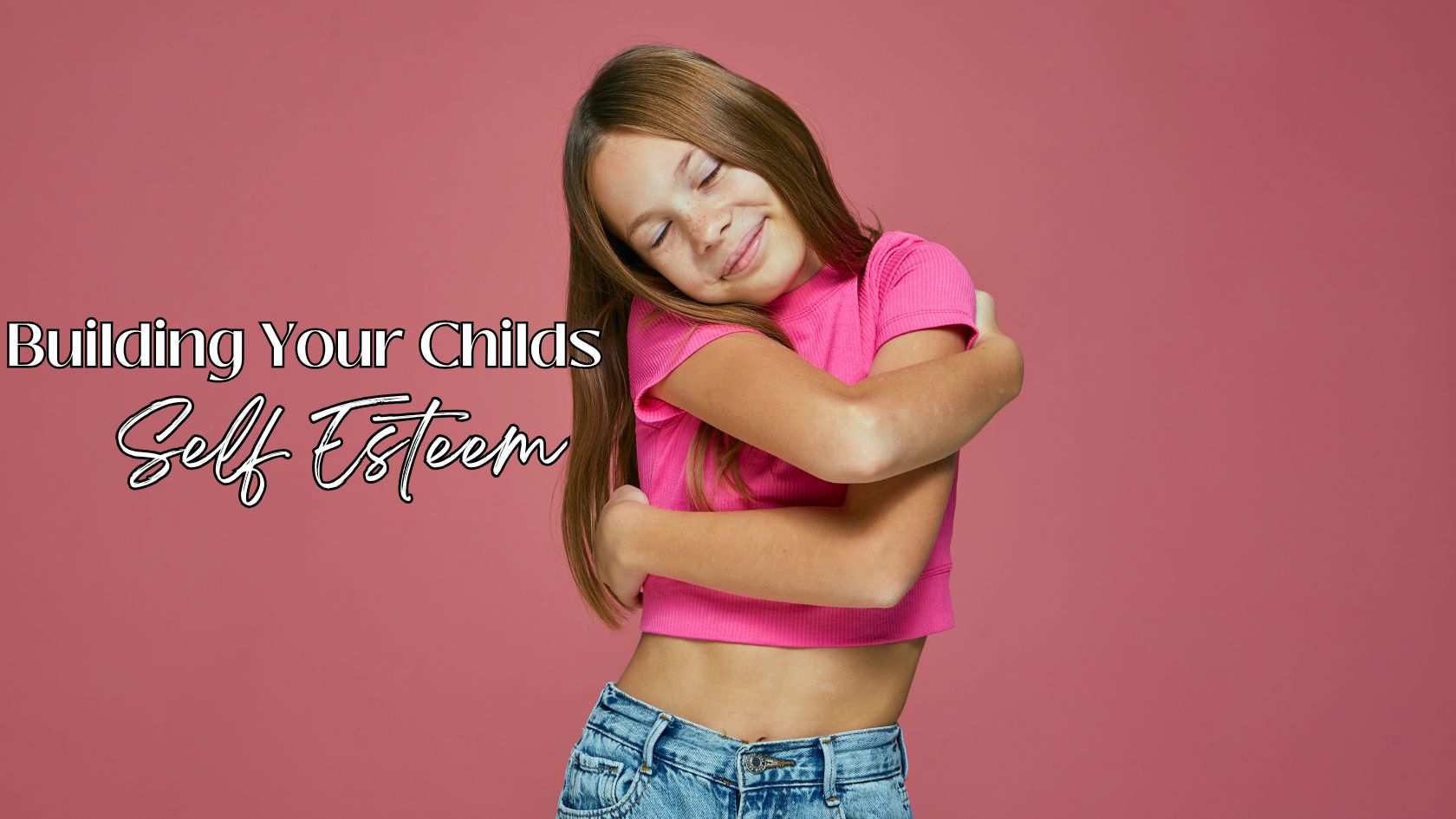Latest From Upschool
- How to Stop Kids’ Meltdowns and Gain Their Cooperation
- Making Big Decisions When You and Your Co-Parent Disagree
- Building Your Child’s Self Esteem
- Separation Anxiety & Starting School
- Why Parents Should Listen to Kids
- How To Raise Emotionally Intelligent Children
- How to Combat End of Year Fatigue
- Navigating Technology and Kids: A Guide for Parents
-
-
No videos yet!
Click on "Watch later" to put videos here
- View all videos
-
-
-
Don't miss new videos
Sign in to see updates from your favourite channels
-
Guest Contributors
Nature (Guest Contributors)
Sustainability (Guest Contributors)
Natural History – The Koala

Published by: Digital Schools
Natural History, The Koala
Scientific name: Phascolarctos cinereus Lifespan: 13 – 18 years (In the wild) Mass: 4 – 15 kg (Adult) Trophic level: Herbivorous Gestation period: 30 – 36 days Higher classification: Phascolarctos
Koala is an iconic symbol of Australia. Now a rare and endangered species of marsupial, the Koala spend their days in the treetops of the eucalyptus tree, eating and sleeping; and up until recently, rarely descending the safety of their arboreal homes to find drinking water. The name Koala is suppose to mean ‘No Drink’, and comes from the Darug people, from the coastal area of Sydney. The once abundant marsupial, with rounded fluffy ears, grey, brown and cream downy fur, little brown eyes, black leathery nose and two opposable thumbs for each hand, was first written about by white settlers in the early part of the 19th Century. The first record was in 1798 and the first published image of a Koala was in 1810.Koalas are one of our national emblems, and they are fast becoming extinct and we don’t seem to be doing enough to stop it.
‘No Drink’
It seems as though the Koala was doomed from the time white colonists settled the Australian shore. Plagued by habitat destruction, disease, predation from introduced species, mass slaughter and now global warming – which has resulted in extenuating drought. The Koala is now on the way to becoming extinct in the wild, the forecast is bleak. Koalas limited food supply has altered due to drought and the quantity and quality of their food source diminished. The Eucalyptus leaves no longer provide the adequate nutrients or hydration aKoala needs to survive. Koala, now against their namesake of “no drink”, must descend from the trees to look for groundwater, putting them at risk of predation from dogs or being hit by cars. Most recently Koala habitat and numbers came close to total extinction in the 2019 – 2020 bushfires in some areas of NSW entire population of Koala are now gone, burnt to death in the fires that ravaged 18 million hectares of bushland, destroying homes, wilderness and eliminating at least 1 billion animals and insects. This catastrophic disaster has highlighted the danger of global warming to the entire planet, not just Koalas. Scientists say we are in the beginning of the sixth mass extinction on earth, which means that plants, animals, fungi, corals and microbial life is dying off at a rate 1000 times faster than what is normal, and the main culprit is us.We are losing our natural heritage
As it turns out Australia has the worst rate of mammalian extinction of any other country in the world and our deforestation habits are worse than the Amazon. Every year we clear around 500,000 hectares of bushland – that’s about equivalent to an area the size of the MCG every two minutes.Our Aussie icons are losing their homes & their lives.
URGENT APPEAL: Across the country, over 15 million Australian land areas have been burned to the ground. Over 3 billion animals have been displaced because of these fires, and over 1.25 billion animals have lost their lives. Your support towards WWF-Australia’s Wildlife and Nature Recovery Fund is urgently needed to care for injured wildlife and restore their homes. WWF is one of Australia’s most trusted conservation organisations. At WWF, we work in Australia and our Asia-Pacific backyard to protect endangered species and habitats, meet the challenge of climate change, and build a world where people live in harmony with nature. This would not be possible without financial support from our community. Thank you! If you would like to help us, please donate. show your supportTAGS
All About Animals
Grown Ups
Kid Stuff
Mindfulness for Adults
Mindfulness for Kids
Mindfulness for Teens
Natural World
Sciences
Self-Awareness
Year Level: 3/4
Year Level: 5/6
The content by "Digital Schools" which can be found under the "Guest Contributor" category on this platform is produced by Digital Schools PTY LTD. Digital Schools works in partnership with the school as a 3rd party provider to help build and maintain the school website. As well as this, we assist the school by engaging with a range of experts who already provide products and/or services to educational institutions and we work with them to produce and publish information to this website that we think may be relevant, interesting or topical to families within the community.
PLEASE NOTE: The views, opinions and content published by us are that of the "Guest Contributor" and/or publisher (Digital Schools). It should be noted that whilst the publisher and guest contributors are acting with the best intentions and in the best interests of the school and their community, sometimes the content may not necessarily reflect the views of the school. We welcome your feedback. Down the bottom of this page is a feedback form so you can let us know what you think.
NEW TO EXPLORE




